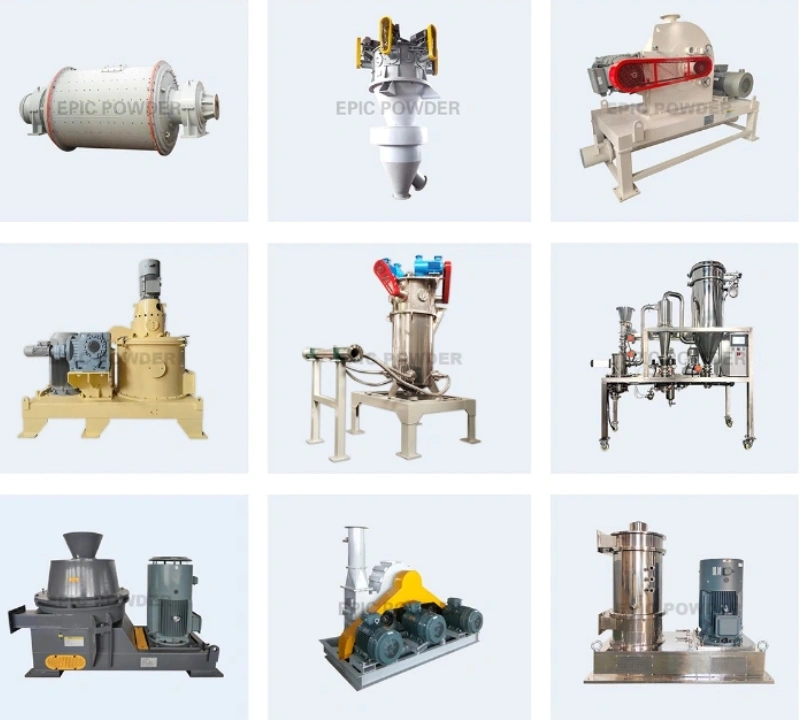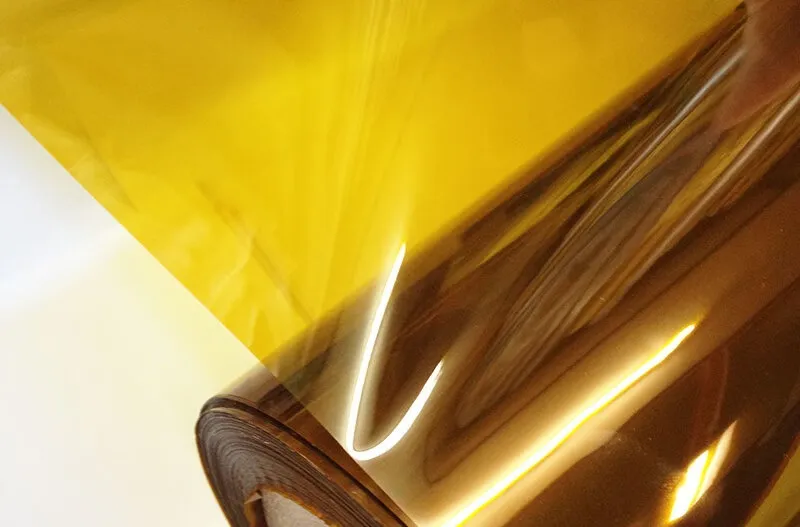Poliimmide (PI) è una classe di polimeri ad alte prestazioni ben noti per la loro eccellente stabilità termica, isolamento elettrico e proprietà meccaniche, guadagnandosi il titolo di "plastica d'oro". Con lo sviluppo della micronizzazione e lavorazione della polvere tecnologie, la poliimmide si è espansa oltre i film, le fibre e i rivestimenti per includere polvere di poliimmide, ampliandone ulteriormente il campo di applicazione, in particolare nei compositi, nei rivestimenti, nei lubrificanti e nell'elettronica.

Proprietà principali della polvere di poliimmide
- Resistenza termica
La temperatura di decomposizione della polvere PI supera in genere i 500 °C e può mantenere prestazioni stabili nell'intervallo da -200 °C a 300 °C. - Eccellenti proprietà elettriche
Presenta una bassa costante dielettrica e una bassa perdita dielettrica, il che lo rende ideale per applicazioni di isolamento e ad alta frequenza. - Eccezionale Chimico Stabilità
La polvere PI resiste agli acidi, agli alcali e ai solventi organici, con una degradazione chimica minima. - Proprietà meccaniche superiori
Con uniforme dimensione delle particelle e un basso coefficiente di attrito, la polvere PI è adatta come additivo autolubrificante o riempitivo rinforzante. - Potenziale di funzionalizzazione
Modificando la superficie o progettando un composito, è possibile migliorarne ulteriormente la disperdibilità, la conduttività e la conduttività termica.
Metodi di preparazione
La polvere di poliimmide può essere preparata utilizzando vari metodi a seconda delle esigenze applicative:
- Precipitazione chimica
La soluzione precursore di PI viene aggiunta a un precipitante, formando gradualmente una polvere.
Elevata purezza e granulometria controllabile, adatte ad applicazioni di livello elettronico.
Svantaggi: processo complesso, costi elevati, ideale per usi di fascia alta su piccola scala. - Fresatura meccanica
Il blocco PI è fresato da mulino a gettoS, mulino a sferes, o mulino a impattoS.
Processo maturo, facile da usare, adatto alla produzione su larga scala.
Svantaggi: morfologia irregolare e ampia distribuzione delle particelle, che richiedono apparecchiature di classificazione. - Essiccazione a spruzzo
La soluzione precursore del PI viene atomizzata in goccioline, quindi essiccata e imidizzata ad alta temperatura.
Produce una polvere sferica e uniforme, adatta per rivestimenti e stampa 3D.
Elevata resa e processo continuo, ideale per l'industrializzazione. - Fresatura criogenica
Il PI viene raffreddato a bassa temperatura per aumentarne la fragilità, quindi polverizzato meccanicamente.
Previene il degrado termico e mantiene l'integrità strutturale.
Spesso utilizzato per polveri ultrafini e nanometriche. - Metodo Sol-Gel
L'idrolisi e la condensazione in soluzione formano una rete tridimensionale, che viene essiccata e trattata termicamente per ottenere la polvere.
Produce polveri PI funzionalizzate ad elevata superficie, ampiamente utilizzate in compositi e membrane.

Applicazioni della polvere di poliimmide
- Rivestimenti e pellicole ad alte prestazioni
Disperso in resine o solventi per creare rivestimenti isolanti resistenti alle radiazioni e alle alte temperature.
Applicato nei rivestimenti protettivi dei veicoli spaziali, negli strati isolanti dei PCB e nei rivestimenti anticorrosione. - Materiali tribologici e autolubrificanti
Miscelato con PTFE, grafite o MoS₂ per ridurre l'attrito.
Utilizzato nel settore aerospaziale, nei motori automobilistici e nei macchinari di precisione per cuscinetti, guarnizioni e parti soggette a usura. - Elettronica e isolamento elettrico
Come riempitivo nelle resine epossidiche e nella gomma siliconica, la polvere PI migliora le proprietà termiche e dielettriche.
Ampiamente utilizzato nei circuiti ad alta frequenza, nei dispositivi di comunicazione 5G e nei circuiti stampati flessibili (FPC). - Materiali di filtrazione e separazione
Tramite sinterizzazione o elettrofilatura, la polvere PI produce mezzi filtranti resistenti alle alte temperature e agli agenti chimici.
Applicato nella purificazione dei gas di combustione, nella filtrazione dei processi chimici e nelle membrane delle celle a combustibile. - Produzione additiva (stampa 3D)
Adatto per la sinterizzazione laser selettiva (SLS) e altre tecnologie di fusione a letto di polvere.
Consente la realizzazione di componenti complessi e resistenti al calore per l'alleggerimento dei settori aerospaziale e automobilistico. - Rinforzo nei materiali compositi
Combinata con metalli, ceramiche, nanotubi di carbonio o grafene, la polvere di PI migliora la stabilità termica e meccanica.
Promettente per separatori di batterie, substrati ad alte prestazioni e sensori.

Prospettive di sviluppo
Con l'aumento della domanda di materiali in polvere avanzati, la polvere di poliimmide si sta evolvendo in diverse direzioni:
- Controllo su scala micro/nano: Polveri più fini con distribuzioni più strette per una migliore disperdibilità nei compositi.
- Funzionalizzazione: Polveri modificate in superficie con proprietà conduttive, conduttività termica o magnetiche.
- Elaborazione ecologica: Metodi di produzione ecocompatibili ed efficienti dal punto di vista energetico, allineati agli obiettivi di sostenibilità.
- Applicazioni di fascia alta: Espansione nelle comunicazioni 5G, nei display flessibili, nell'accumulo avanzato di energia e nel settore aerospaziale.
Conclusione
Grazie alla sua eccezionale stabilità termica, isolamento elettrico e resistenza meccanica, la polvere di poliimmide sta diventando una pietra miliare nei materiali avanzati. Polvere epicaSiamo specializzati nella fornitura di soluzioni personalizzate di macinazione e classificazione, tra cui mulini a getto, mulini a sfere e classificatori ad aria, che consentono la preparazione precisa di polveri di poliimmide ultrafini e ad elevata purezza. Combinando la nostra esperienza di oltre 20 anni con attrezzature innovative, aiutiamo i clienti a ottenere prestazioni stabili e uniformi delle polveri, adatte ad applicazioni complesse nei settori dell'elettronica, aerospaziale, energetico e dei compositi di alta gamma. Con la continua crescita della domanda di polveri ad alte prestazioni, Epic Powder si impegna a promuovere l'innovazione e a supportare i propri partner nello sfruttamento del pieno potenziale delle polveri di poliimmide.
